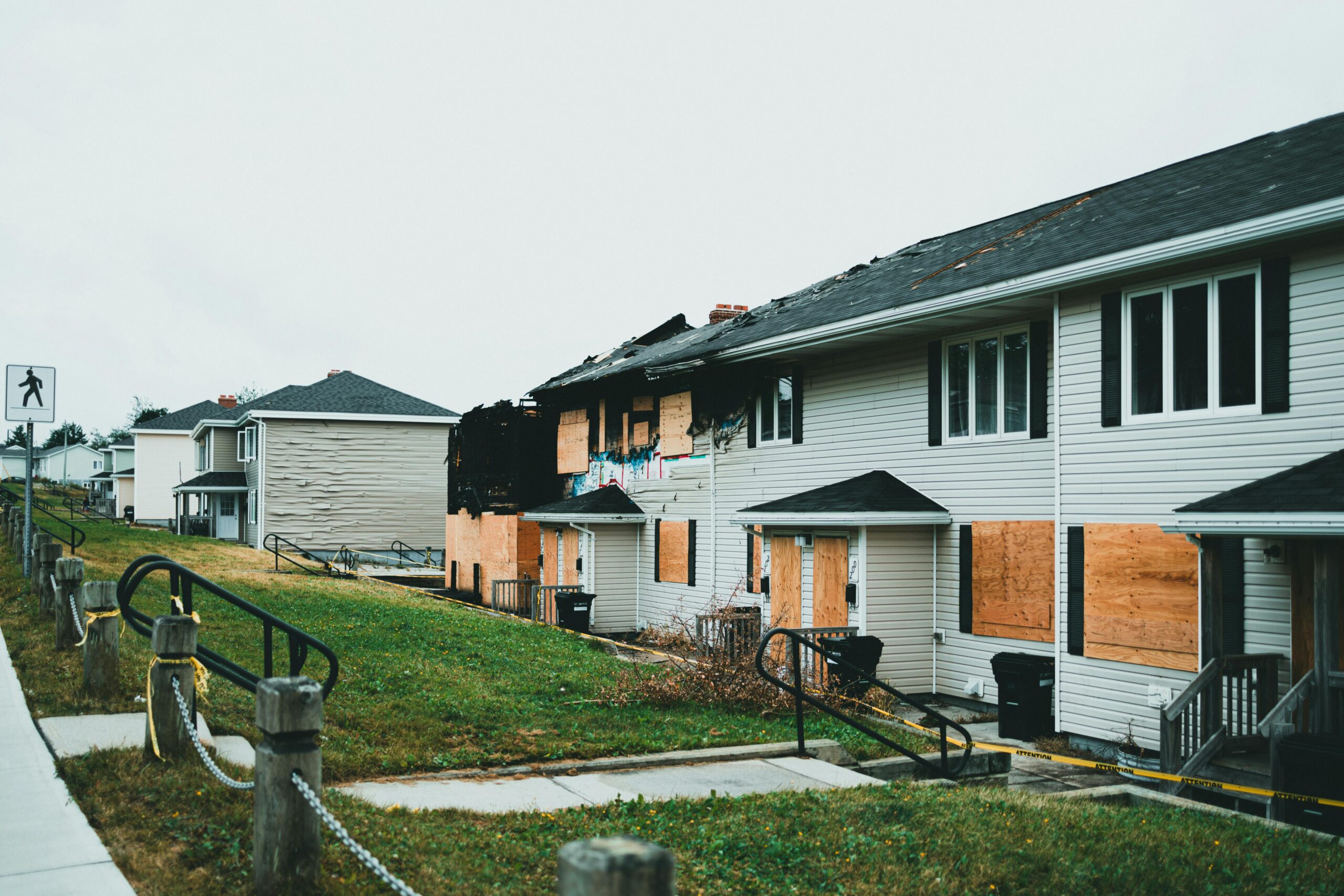A fire can quickly turn a peaceful home into chaos. In just 30 seconds, a small flame can grow into a big fire, threatening lives. The U.S. Fire Administration says fires kill more Americans each year than all natural disasters combined.
It’s important for homeowners to understand how fires spread fast. Knowing what makes fires spread quickly helps people protect their homes and families. This knowledge is key to staying safe.
Key Takeaways
- Fires can spread rapidly, often in a matter of seconds.
- The U.S. Fire Administration highlights the severity of fire-related deaths.
- Homeowners must be aware of fire risks to take preventive measures.
- Fire safety tips can significantly reduce the risk of fire-related incidents.
- Being prepared is key to minimizing damage and ensuring safety.
The Science of Fire
To understand the dangers of house fires, we must explore the science behind them. Fire is a chemical reaction called combustion. It happens when a fuel reacts with oxygen, usually from the air, creating heat and light.
The combustion process depends on several things. These include the fuel type, oxygen availability, and temperature. In house fires, fuels like furniture, carpets, and cooking oils are common. Cooking oils, for example, can ignite quickly when heated above 600 degrees Fahrenheit.
When a pot boils over on the stovetop, it can start a fire. This is because the stovetop’s heat can reach up to 1,000 degrees Fahrenheit. This high temperature helps the fire spread fast.
Factors Contributing to House Fires
Many things can cause house fires to start and spread. These include:
- Electrical faults, which can spark or get too hot.
- Unattended cooking, where oils or foods can overheat.
- Malfunctioning appliances, which can spark or get too hot.
Knowing these factors helps prevent house fires. It also helps reduce their damage when they happen.
Why Do House Fires Spread So Quickly?
House fires are spreading faster than ever, mainly because of synthetic materials in furniture and decor. Modern homes’ construction and furnishings also play a big role in fire spread.
Role of Modern Furniture and Materials
Modern furniture is made from synthetic, oil-based products that burn easily. When fire hits these materials, they release chemicals that make the fire spread faster. Unlike natural materials, synthetic ones melt and spread fire more easily.
Thirty years ago, people had 14–17 minutes to get out of a house fire. But now, with modern furniture and materials, this time has dropped to about two to three minutes. This shows how important it is to have good fire safety measures.
Several factors make house fires spread faster, including:
- The use of synthetic materials in furniture and decor.
- The prevalence of open-plan living spaces, which can allow fires to spread more quickly.
- The increased use of electrical appliances and devices, which can be fire hazards.
Knowing these factors helps homeowners take steps to prevent fires. It also makes occupants aware of the risks and the need for quick action if a fire happens.
Common Accelerants in Today’s Homes
Today’s homes have many things that can make a small fire grow big fast. These materials, along with the shape of the land and wildfires, raise the risk of fires spreading quickly.
Modern homes use materials like plastics and foam insulation that melt and spread fire fast. Also, things like curtains, furniture, and appliances can help a fire spread quickly.
Role of Wildfires and Topography
Wildfires are a big danger to homes, more so in areas where they often happen. Small sparks from big forest fires can start fires on lawns or backyards, then reach the house. The shape of the land also affects how fast wildfires spread. Homes at the top of a slope are more at risk because fires can move fast uphill.
To stop fires from spreading fast, it’s important to know the risks and act early. Homeowners can make their homes safer by clearing around them, using fire-resistant materials, and keeping their surroundings clean of things that can burn.
- Clearing leaves and debris from gutters and roofs
- Using fire-resistant materials for construction and landscaping
- Creating a safe zone around the home by removing combustible items
By knowing what can make fires spread fast in today’s homes and taking steps to prevent it, homeowners can greatly lower the risk of fires. It’s key to control how fires spread to keep people and property safe.
Conclusion
House fires can spread fast, causing a lot of damage. It’s important to know how fires work and what can make them worse. This knowledge helps prevent and lessen the damage from these disasters.
A good house fire emergency response plan is key to saving lives and minimizing house fire damage. This includes having a fire escape plan, installing smoke detectors, and using fire-resistant materials in construction.
Firefighting efforts need a lot of resources, with nearly 3,000 gallons of water used for a typical house fire. This shows how critical it is to be prepared and have effective emergency response strategies.
By knowing the risks and taking steps to prevent them, homeowners can make their homes safer. This ensures a safer living environment for everyone.
Revive Your Property with Green Genie in Buffalo, NY
From water damage restoration to mold remediation, Green Genie delivers fast, professional, and eco-friendly solutions tailored to your needs. Restore your space and peace of mind—request your free consultation today!







